For those of you interested in the issue of cement in the Book of Mormon, here are some photos I took earlier this year at Teotihuacan near Mexico City, where the ancient Mesoamericans clearly used a form of cement to construct some of their buildings.
Posted in Book of Mormon, Evidence, Mesoamerica, Photography


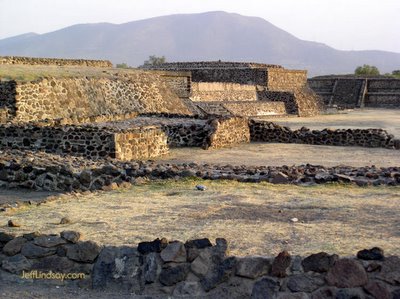
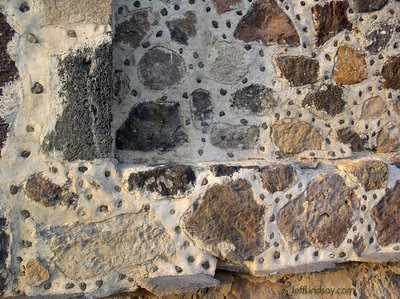
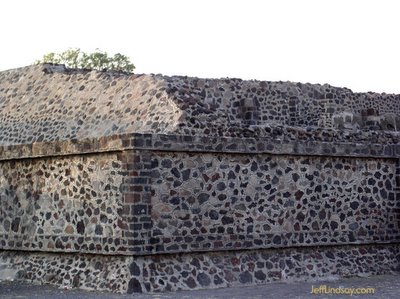
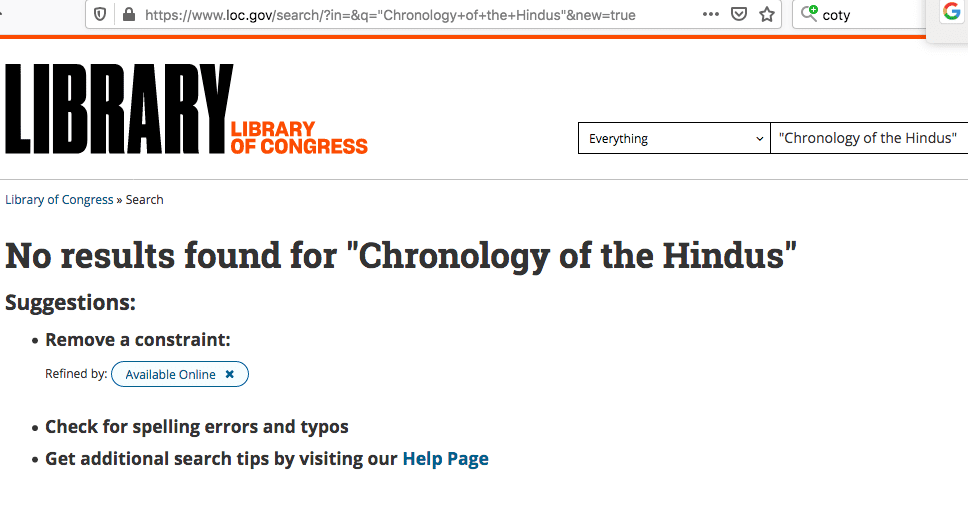
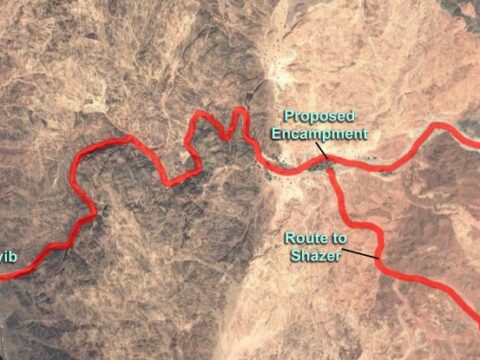

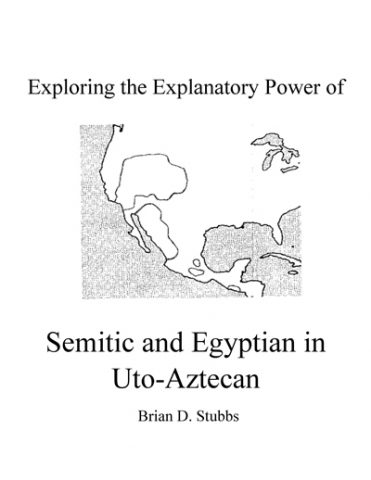







Those pictures are amazing. The sheer size of the buildings in relation to the people … wow.
Nice pics. I went there back in high school and shot about 2 and 1/4 rolls of film there — I was so excited about the sheer size of it all and the mystery of it, I guess. Unfortunately, two rolls were lost in development and I only got a very few photos of the site. The only other place that seemed to create for me that grand majestic mystery feeling is Park Avenue in the the Arches National Park which I visited just last year. Just magnificent.
Has any analysis ever been done on the “cement” found there?
There’s a book, maybe 25 or 30 years old, called “Gods of Teotihuacan”. In it are pictures of some statues. I was showing it to my home teacher years ago, and he said “That statue is wearing what looks to be temple clothing.”
Can someone tell me where Teotihuacan is mentioned in the Book of Mormon? I would love to know what battles were fought there. thanks
As our anonymous pest already knows, the post is not about Teotihuacan being the site of any Book of Mormon battles, but of Teotihuacan being an example of the ancient use of cement in Mesoamerica–the use of cement that his/her kind were denying an mocking as loudly as they could both before and after they were conclusively proven wrong by evidence such as this.
Teotihuacán is definitely an impressive site. I’ve had the privilege of going there twice.
Not to throw a damper on anything, but I wonder if the cement in the picture is part of the original. Because of erosion caused by the mass of humanity that has visited the pyramids, there has been some extensive reconstruction over the years, if I remember right. So what you’re seeing may be something more recent.
And then it may not be, I really don’t know. But I would suggest checking it out.
You’re right, the cement in the photos looks fresh, not weathered or old.
However, I would assume the caretakers of the site would put priority on trying to make the site as original as possible. I doubt they would be interested in preserving much weathered and decayed cement just to prove to new tourists how old the site is, and that the ancients had cement. That was proven long ago then Teotihuacan was discovered.
Interesting evidence. The picture in the middle is from modern restoration, indicated by the smaller rocks placed within the mortar (a method used at other pyramid sites in Mexico).
Is someone suggesting that these temples didn’t already have cement before the restoration work was done?
When was this site discovered? I have been there and didn’t know that it was discovered. It is quite large and I do not think it was buried.
I also have had the opportunity to visit Teotihuacan and enjoy a guided tour by a resident archeologist. My first thought when I looked at the pictures on this site was, “Oh, but he took pictures of a ‘restored’ wall.” Our guide explained that much of Teotihuacan was in ruins and has been restored using original rock and new cement. You can tell the restored walls because they put small rocks in the cement to mark them as restored. However, there are many places at Teotihuacan where we saw walls with original cement/mortar.
Tenochtitlan in Mexico City has more pyramids underneath Mexico City. Part of it is exposed due to a Earthquake